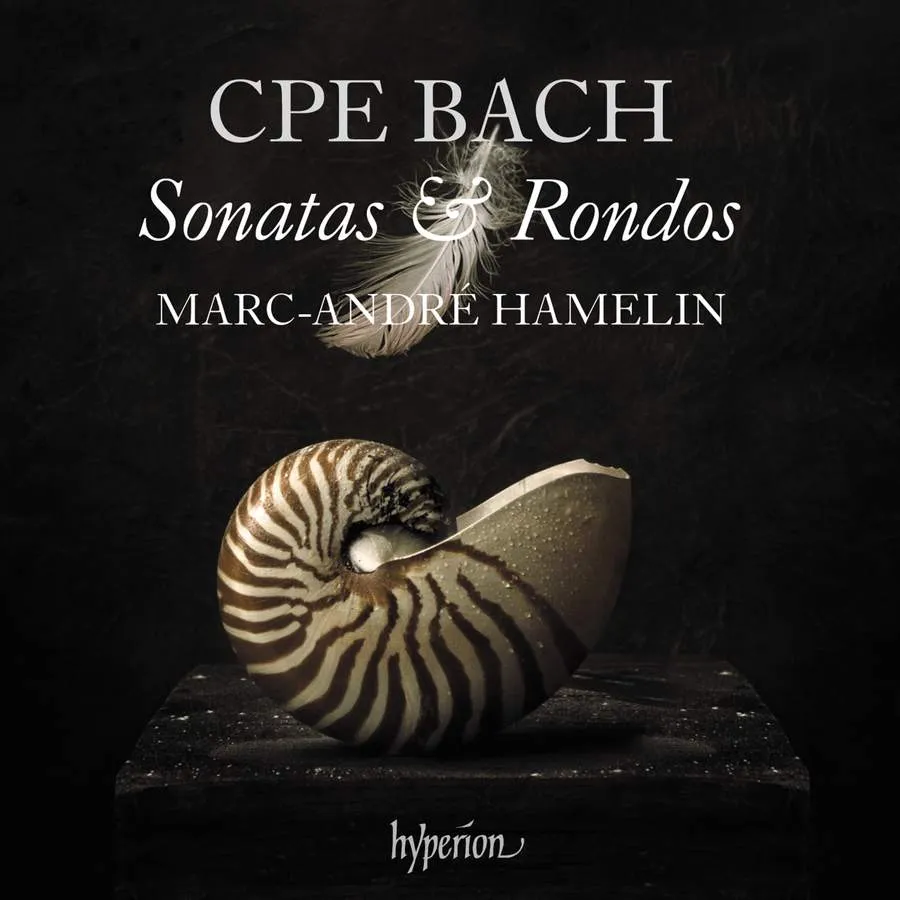
CPE Bach – Sonatas & Rondos Sonatas – H31, H66, H173, H247, H281, H286; Rondos – H265, H267, H272, H274, H283; Fantasies – H291, H300; Arioso with 9 variations etc Marc-André Hamelin (piano) Hyperion CDA68381/2 136:51 mins (2 discs)
CPE Bach may have emerged from behind his father’s shadow over the last two decades, but despite his prolific output – 400 solo sonatas, fantasias, fugues and sets of variations – his musical style remains hard to characterise.
In a learned liner note for Marc-André Hamelin’s new album, Mahan Esfahani does his best to identify CPE’s achievement, if not his style. That achievement, says Esfahani, was best embodied in his Essay on the True Art of Playing Keyboard Instruments, which Haydn dubbed the ‘school of schools’ and which Beethoven used in teaching his ablest pupils. Straddling the transition from the harpsichord to the piano, CPE Bach showed the way forward to a new instrumental sensibility, cultivating a new expressive language in a style which appealed to cognoscenti and amateur alike. Using a modern piano, Marc-André Hamelin delivers 50 tracks to brilliantly illustrate that argument, in an exploration of the composer’s own exploration of possible effects.
In the early works we hear the influence of Handel and JS Bach, but once he got going Carl Philipp Emanuel went his own way, giving his mercurial instincts free rein. He loved to spring surprises; one of his trademarks is a series of short phrases, each ending in a brusquely virtuosic ornamental flourish. The downside is that a typical CPE Bach piece may come over as a one-trick pony: once you’ve heard the first 30 seconds, you can predict exactly how the next two minutes will pan out. But at his best CPE wrote some lovely works: try the F sharp minor Fantasie written in his penultimate year, and his farewell to a beloved instrument, Abschied von meinem Silbermannischen Claviere in einem Rondo.
Michael Church
More reviews
Messiaen Et exspecto resurrectionem mortuorum
Lully: Phaëton • Atrys • Armide